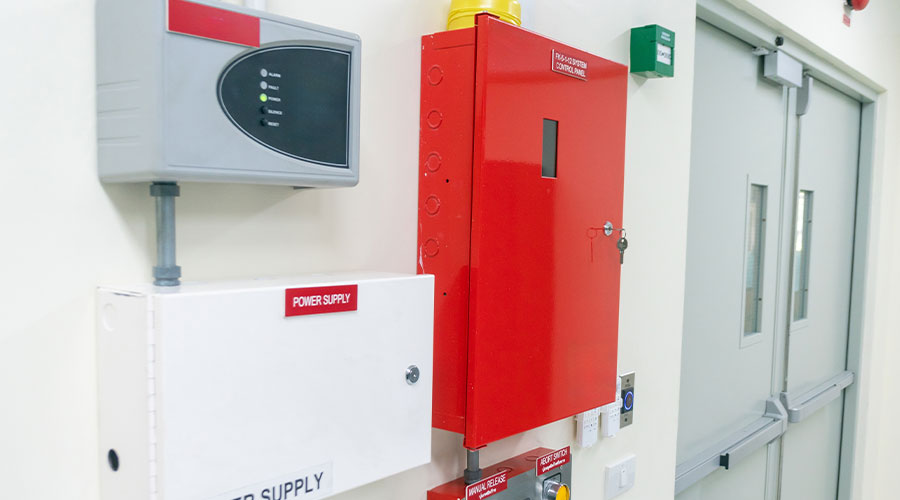« Back to Facilities Management Doors & Hardware Category Home
Creating Operational Efficiencies Through Integrated Access Control
October 24, 2016
- Doors & Hardware
By Brad Aikin
It can be argued that the fundamentals of access control have not changed in decades: security, reliability and efficiency. What has changed is the range of tools available to serve these needs as mechanical and electronic technologies continue to converge. However, there is a common misconception that convergence means to convert — that new technology must cannibalize rather than complementing the old. But successful properties are utilizing the Internet of Things (IoT) to blend mechanical and electronic solutions and dramatically increase the productivity of the facility.
The simplest definition of the IoT is that sensors and smart devices connect and share information with each other to enhance the collective experience of the end user. This is done by collecting, cleaning and analyzing the data provided, allowing for predictive and real-time actions to take place on behalf of the user and the associated community.
For years, access control systems had one function — to control access to a facility. But today the IoT is transforming its role so that the access control system becomes the trigger for actions with previously unrelated functions. After you present your credentials at the front door, the system will turn on the lights and adjust the temperature while simultaneously alerting security that you have accessed the building. During the day, the network monitors things like water use, sending you an alert if a restroom faucet is left running or if a normally locked door is left ajar. At the end of the day, the access credential is used to exit the building, triggering the reverse actions of the morning — lights are dimmed, temperatures are lowered and doors are locked.
“Every aspect of a building’s operation has the potential to tie into this network, from lighting to intercoms, video, fire safety and climate controls,” says Robert Martens, Allegion Futurist and Vice President of Strategy & Partnerships. “This is further driving the interoperability of these previously disparate systems to enable services such as location and role-based decision making that will provide a new level of value to tenants, users, administrators and owners.”
The potential benefits of such a system for facility executives are significant. “Productivity is an important element of the overall value proposition,” says Martens. “An example can be a device that will monitor its own health, sending alerts over the network when it needs attention. For a facility engineer, this remote management feature can eliminate the need for mundane tasks like auditing doors to determine if they are closing properly or need maintenance.”
Of course, the success of such a transition will depend, at least in part, on the selection of the right manufacturers and associated partner ecosystems. There are many access control systems from which to choose, and it’s important to remember that at any given point, you’re not just choosing a single product. You’re likely partnering with several manufacturers and picking the right ones will provide more than just reliable products. A solid manufacturing partner can help you integrate the various products and technologies together more easily. Plus, they can provide extensive code knowledge — particularly important since codes vary by building type, industry and state.
The IoT represents a fundamental change in how we use the myriad of devices and systems within our buildings, and creates the potential to dramatically increase their productivity while improving the overall experience for users. When mechanical and electronic solutions converge, operational costs decrease, satisfaction rises, and security improves.
Brad Aikin is the Commercial Products Portfolio Leader for Allegion. For more information about integrated access control solutions, visit Allegion.com.







